
A brief reminder of the contenders and their night time imaging chops:
- Microsoft Lumia 950/XL: 1/2.4" sensor, f/1.9 aperture, OIS, 16MP (in 16:9) oversampled to 8MP (typically), single exposure
- Google Pixel 3/XL: 1/2.55" sensor, f/1.8, OIS, 9MP (in 16:9), multiple exposures combined
- Huawei Mate 20 Pro: 1/1.7" sensor, f/1.8, no OIS, 40MP pixel binned to 10MP (in 4:3), multiple exposures combined
In theory, the Mate 20 Pro should walk this comparison, given the huge main sensor and the use of multiple exposures. However, never underestimate the usefulness of OIS in allowing longer exposures, especially as we're only talking handheld shots here, so with the vagaries of a human grip.
Because three phone cameras are involved, I can't use the interactive comparator. Instead, I'll present 1:1 crops one after the other, for easy in-line comparison.
Test 1: Suburbs, 'plenty' of light
Well, plenty by the standards here, anyway. It's night time but there are street lights, plus numerous other smaller light sources. Here's the overall scene, as captured by the Lumia:

Here are crops from the images from, in order, the Lumia 950 XL, the Pixel 3, and the Mate 20 Pro. Click their phone names to download the original images, should you want to do your own analysis.
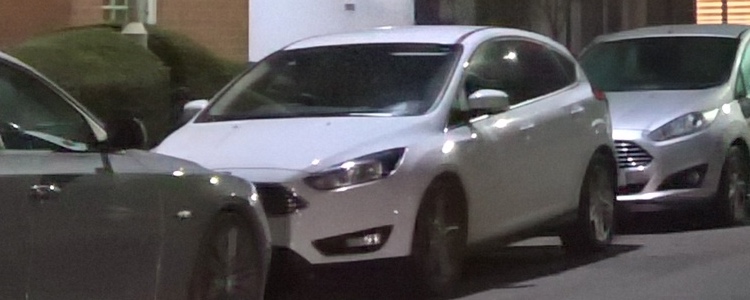
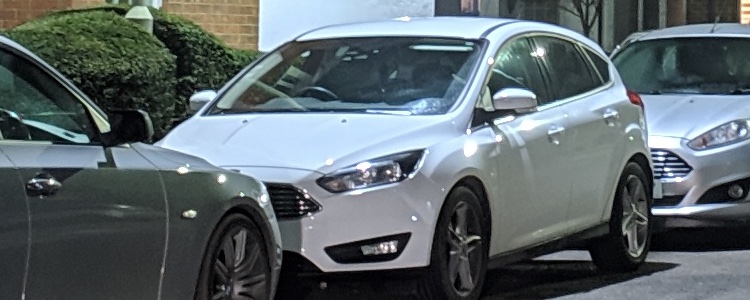
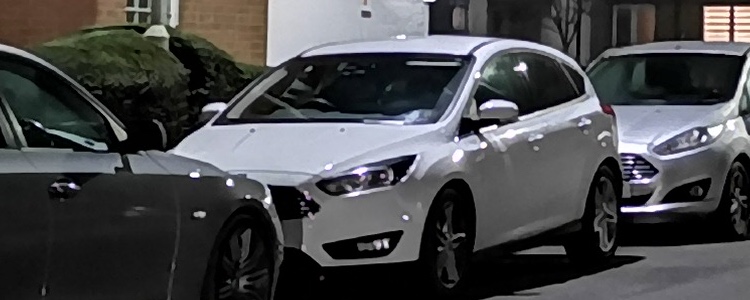
The image processing of each phone camera is laid out pretty well above. The Lumia 950 does well in terms of areas of solid colour, but the vagaries of Lumia low light focus and the ultra-natural (i.e. minimally sharpened) processing leaves its result looking a little woolly by comparison to the Pixel 3's result, which pulls out amazing detail in the shrubs and car wheels, for example. Simply incredible, and mostly done in software, with many short exposures captured and then all aligned and combined. The Mate 20 Pro tries for more detail than the Lumia, but at the expense of over blocky, over-sharpened edges.
Lumia 950: 8 pts, Pixel 3: 10 pts; Mate 20 Pro: 7 pts
Test 2: Shop front
A typical low light shot, with both dark and light, all artificial. Here's the overall scene, as captured by the Lumia:
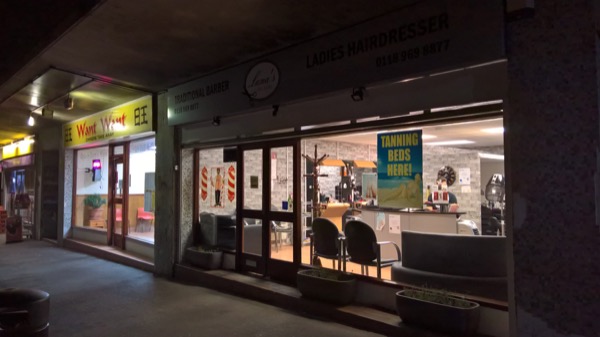
Here are crops from the images from, in order, the Lumia 950 XL, the Pixel 3, and the Mate 20 Pro. Click their phone names to download the original images, should you want to do your own analysis.
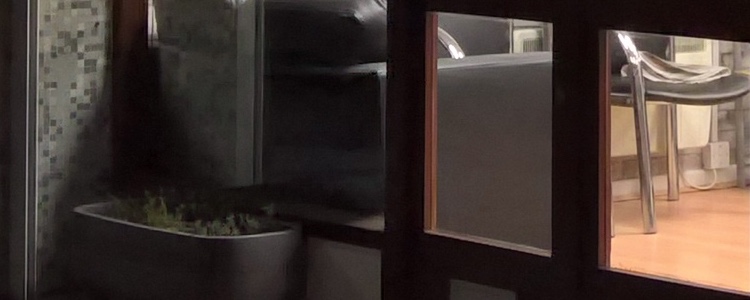
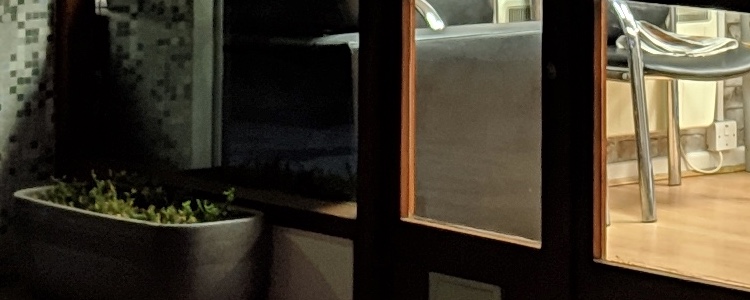
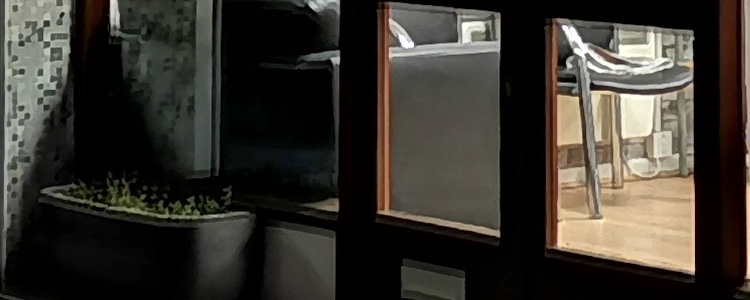
The Pixel 3 image again impresses a lot with its sheer detail and ability to pluck it from murky shadows, though the Lumia result isn't that far behind, gaining points for looking slightly less artificial. While the Mate 20 Pro's usual over-zealous edge enhancement makes objects appear as if in a painting (see the chair legs in the crop, for example).
Lumia 950: 8 pts, Pixel 3: 9 pts; Mate 20 Pro: 7 pts
Test 3: Standard street scene
The dimly lit test street scene that I often use, with distant (150m?) detail to examine in crops. It was very cold and slightly misty, adding an extra level of difficulty for capture. Here's the overall scene, as captured by the Lumia:
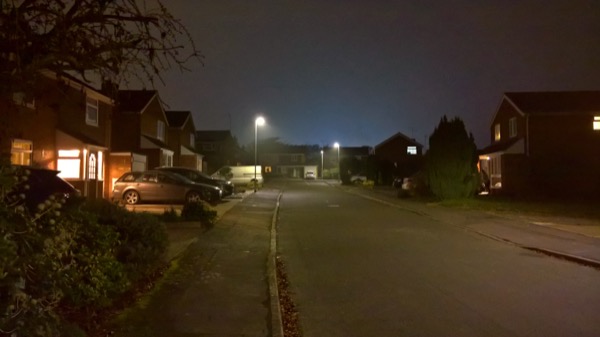
Here are crops from the images from, in order, the Lumia 950 XL, the Pixel 3, and the Mate 20 Pro. Click their phone names to download the original images, should you want to do your own analysis.



This comparison is closer. I'm tempted to give it to the Lumia, with a brighter-than-reality but still natural image. While the Pixel 3 does capture more light with its multiple exposures, though it's slightly artificial again and even manages to over expose some parts, e.g. the white car. The Mate 20 Pro could have won this comparison, with admirable light gathering, but that edge enhancement strikes again, delivering ugly details. To my eyes, anyway.
Lumia 950: 9 pts, Pixel 3: 9 pts; Mate 20 Pro: 7 pts
Test 4: Dead of night
An ultimate 'seeing in the dark' moment. In reality, I could hardly make out the plane, about 40m away, there was no direct lighting. Here's the overall (as usual, made to look lighter than it actually was) scene, as captured by the Lumia:

Here are crops from the images from, in order, the Lumia 950 XL, the Pixel 3, and the Mate 20 Pro. Click their phone names to download the original images, should you want to do your own analysis.
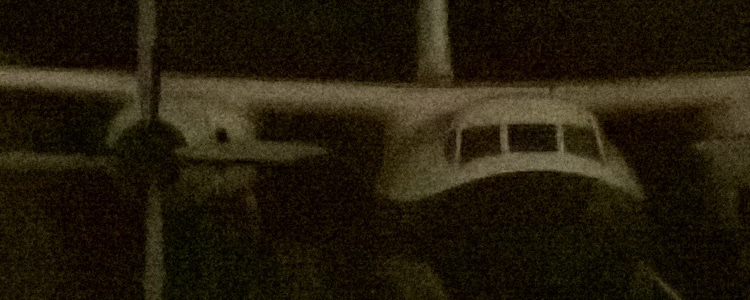
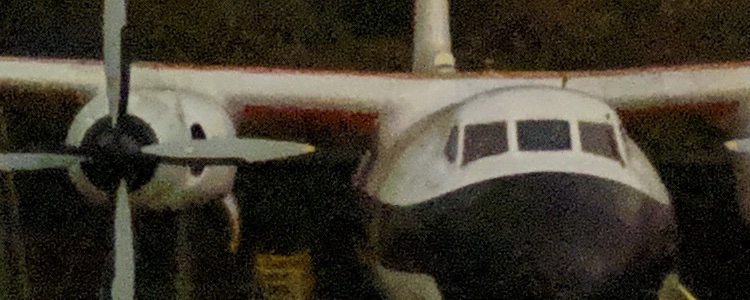

Although utterly unrepresentative of reality, you have to give the Pixel 3 props here - despite loads of noise, you can see details on the plane and even the yellow sign behind it. Grab the full JPG and you can even get reasonably accurate colours - green grass, etc. While the Lumia does its best with a single image, though we've reached the limit of PureView oversampling here, it seems, in the pitch black! The Mate 20 Pro does surprisingly well in terms of keeping noise down, but the Pixel has to take this test if it's a matter of 'seeing in the dark'.
Lumia 950: 6 pts, Pixel 3: 9 pts; Mate 20 Pro: 7 pts
Verdict
Adding the points (partly for fun) gives us:
- Pixel 3: 37/40 pts
- Lumia 950 XL: 31/40 pts
- Mate 20 Pro: 28/40 pts
So a resounding win for the Pixel 3 for this particular camera phone scenario. 'Seeing in the dark' is technically very cool and there are some great examples online, though there are obvious caveats - the results rarely capture what your eyes see, arguably foiling the point of taking a photo to 'remember a moment'. Plus the Night Sight images can take up to ten seconds to capture, so there's no way to capture moving objects, even human faces. The Lumia 950 XL takes its shot in a fraction of a second, making even shots of people possible in the gloom.
So yes, the points totalling was just for fun. The Pixel 3 is a tour de force of modern computational photography but with some caveats, while the Lumia 950 remains the rather good camera phone that it's always been, and the Mate 20 Pro brings up the rear with its usual appalling edge enhancement (when will Huawei fix this??!)
Comments welcome!!
